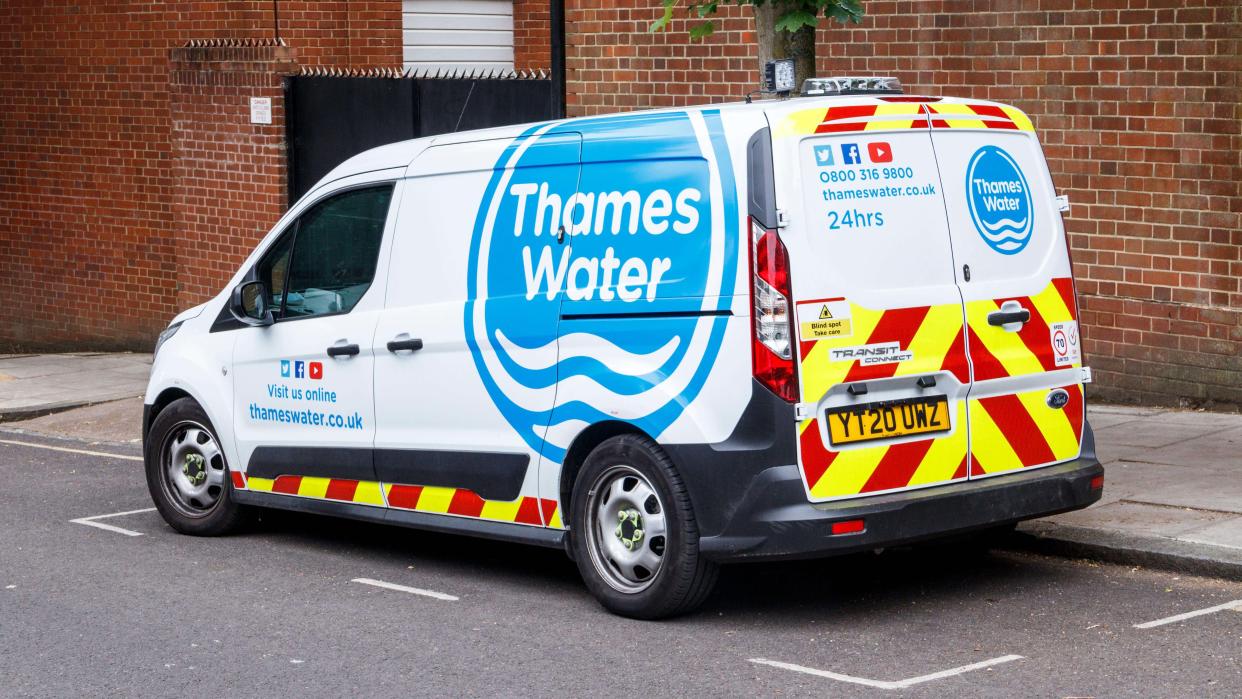Thames Water confirms £158m dividend in March amid scramble for fresh funding

Thames Water has confirmed that it paid two fresh dividends worth £158.3 million in March, as the heavily indebted company said it is unlikely to raise fresh funds before December.
The water company, which is creaking under a debt pile of more than £15 billion, said it paid the dividends to help fund two of its holding companies, Kemble Eurobond and Thames Water Limited, which are in financial trouble.
The dividends come after water industry regulator Ofwat had already said it is “minded” to take action against Thames Water for a smaller £37.5 million dividend payment in October 2023.
Under new rules introduced last year, water companies with poor financial and environmental records are not allowed to pay dividends.
Thames Water paid a total of £196 million in dividends last year.
The firm said it is still looking for fresh funding needed to maintain and update its infrastructure, after investors pulled the plug on £500 million of emergency cash earlier this year.
It said it has £1.8 billion of liquidity, enough to fund its operations until the end of May next year, but that it needs new investment.
Thames Water said profit increased to £75.4 million for the year ending March 31, up on a £30 million loss the year before.
Revenue increased 11% to £2.5 billion.
Pollution incidents increased to 350, up on 331 last year, which it blamed on a rainier-than-expected year.
The number of “serious pollutions” decreased by 18%, Thames Water said.
We have today confirmed that publication of the consultation on our draft price control determinations for the water sector will now be on Thursday, 11 July 2024, due to the general election being held on Thursday, 4 July. For more details visit https://t.co/Y4oZvNpnF4 pic.twitter.com/yq0amGXH80
— Ofwat (@Ofwat) May 24, 2024
It said it spent £2 billion on maintaining and updating its infrastructure last year.
Chief financial officer Alastair Cochran said the dividend payments were to help it make “top-up payments” to its pension schemes.
He added that the dividends are “entirely consistent with normal practice”.
The company’s financial update will be followed on Thursday by a draft verdict from Ofwat on water companies’ five-year spending plans and bill increases to 2030.
That will kick off six months of negotiations with Ofwat, ahead of its final decision in December.
The utility giant, which has 16 million customers in London and the Thames Valley region, put forward plans in April that would see spending rise to £19.8 billion, with the extra being used for environmental projects.
However, that would also involve increasing customer bills by 44%, a figure which has prompted backlash from consumer groups.
Meanwhile, the process of securing new cash is “not expected to conclude” until after Ofwat’s final decision.
Chief executive Chris Weston said Thames had taken “informal soundings which have shown there is interest in the market”.
He added that the company will be looking at a “broad church” of potential investors which could include existing shareholders.
If it ultimately fails to attract fresh funding, Thames Water’s fraying finances could present Sir Keir Starmer’s newly elected Labour Government with a significant industrial crisis.
A blueprint codenamed Project Timber was being drawn up in Whitehall in the spring, according to reports, which could see the company effectively nationalised.
Under the plans, the company would be placed in a form of special administration in the scenario that its parent company fails.
Mr Weston added that it is “not in the interests” of customers or investors for the company to fall into Government hands.
Business Secretary Jonathan Reynolds signalled during a pre-election Bloomberg debate that he “wouldn’t want to see a nationalisation” of Thames Water.
Speaking at the Bloomberg debate about Thames Water, Mr Reynolds said: “I think there should be a solution that falls short of that.”


